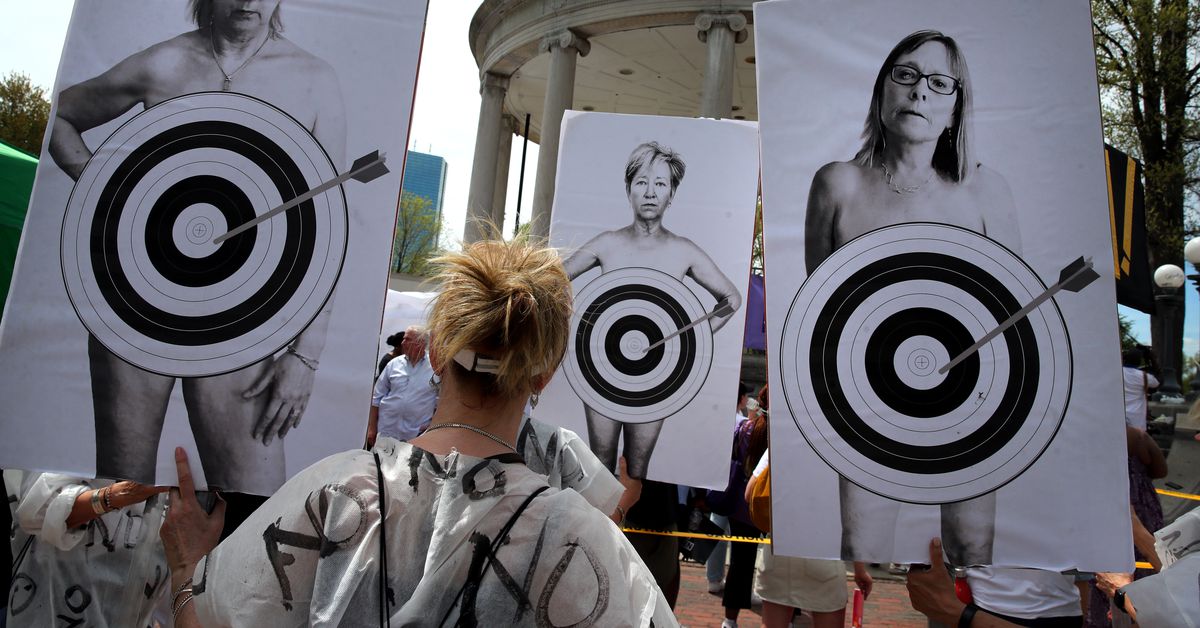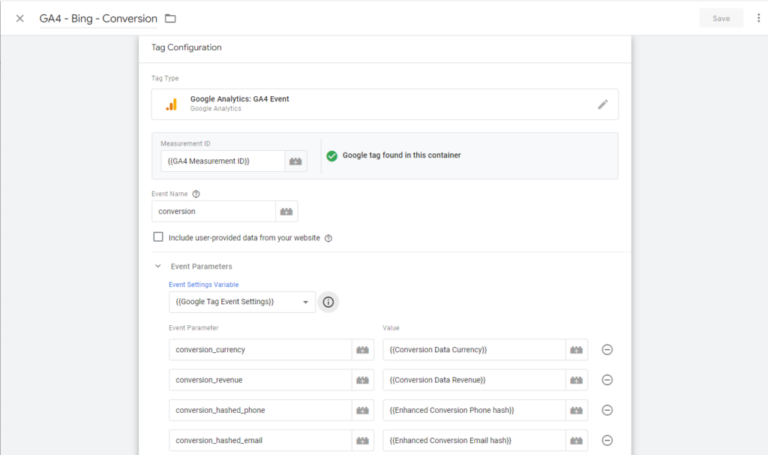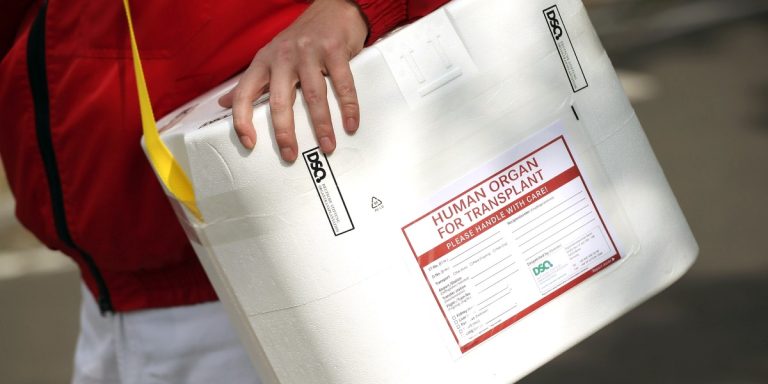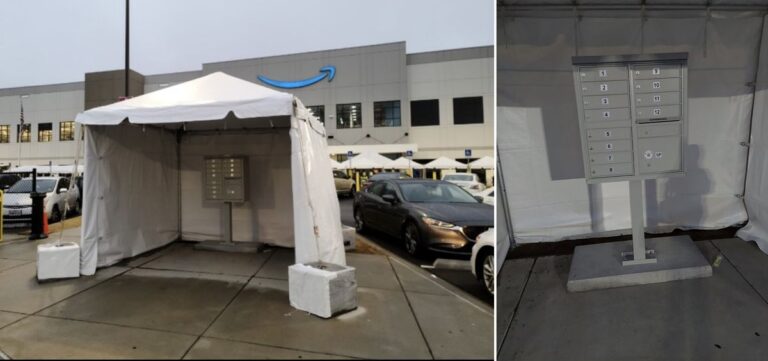
Roe vs. Wade is all but certain to be overturned, which could effectively make abortion illegal in about half of US states. If that happens, historical data tells us that not only will this affect women personally, but it will jeopardize their professional lives, too.
That decision, a draft of which was leaked to Politico earlier this month, affects a woman’s likelihood to work at all, what type of job she takes, how much education she receives, how much money she makes, and even the hopes and dreams she has for herself. In turn, her career affects nearly all other aspects of her life, from her likelihood to live in poverty to her view of herself.
And taking away the ability to make that decision stands to upend decades of progress women have made in the workforce, which has cascading effects on women’s place in society.
As Caitlin Myers, a professor of economics at Middlebury College, put it, “Childbearing is the single most economically important decision most women make.”
We know all this because of decades of research on how abortion bans hurt women — research that Myers, along with more than 150 other economists, outlined in an amicus brief to the Supreme Court in Dobbs v. Jackson Women’s Health Organization, the Mississippi case that’s likely to upend Roe v. Wade. In addition to long-term studies specifically looking at outcomes of women who were unable to get an abortion versus those who did, there’s even more robust data around the negative causal effects of having children on women in general. It’s also just common sense, according to Jason Lindo, a professor of economics at Texas A&M University.
“Anyone who has had kids or seriously thought about having kids knows it’s super costly in terms of time and money,” Lindo said. “So of course restrictions that make it harder for people to time when they have kids or which increase the number of children that they have is going to have serious impacts on their careers and their economic circumstances.”
Even in the absence of a national ban, state anti-abortion measures have been a huge burden on women and society at large. The Institute for Women’s Policy Research (IWPR) estimated that state-level restrictions have cost those economies $105 billion a year in reduced labor force participation, reduced earnings, increased turnover, and time off among prime working-age women.
An abortion ban won’t affect all women equally, either. Myers says that in regions of the country where abortion is banned and where travel distances will increase for women to be able to get an abortion, about three-quarters of women seeking abortions will still do so. That means roughly a quarter of women there — in Myers’s words, “the poorest, the most vulnerable, the most financially fragile women in a wide swath of the Deep South and the Midwest” — will not receive their health care services.
As the US faces an ongoing labor shortage — one led in part by women who have left the workforce to care for children and elders during the pandemic — the Supreme Court’s expected decision will exacerbate the situation and potentially change women’s experience in the workforce for years to come.
1) Women’s labor force participation could go down
Abortion access is a major force that has driven up women’s labor force participation. Nationally, women’s labor force participation rates went from around 40 percent before Roe v. Wade was passed in 1973 to nearly 60 percent before the pandemic (men’s participation was nearly 70 percent at that time). Abortion bans could thwart or even reverse some of those gains.
Using data from the Turnaway Study, landmark research that compares outcomes over time for women across the country who received or were denied abortions, University of California San Francisco professor Diana Greene Foster and fellow researchers found that six months after they were denied an abortion, women were less likely to be employed full-time than those who received an abortion. That difference remained significant for four years after these women were denied abortions, a gap that could affect their employment prospects even further into the future.
2) Lower educational attainment
Education rates are foundational for career prospects and pay. A 1996 study by Joshua Angrist and William Evans looked at states that liberalized abortion laws before Roe v. Wade and found abortion access leads to higher education rates and labor-market outcomes. American University economics professor Kelly Jones used state abortion regulation data to determine that legal abortion access for young women who became pregnant increased their educational attainment by nearly a year and their likelihood of finishing college by about 20 percentage points. The evidence is largely driven by the impacts on young Black women.
Other research by Jones and Mayra Pineda-Torres found that simple exposure to targeted restrictions on abortion providers, or TRAP laws, reduced young Black teenagers’ likelihood of attending or completing college. In turn, lower education affects which jobs women are qualified for.
3) The types of jobs women get will be more restricted
Having children significantly affects the types of jobs women get, often steering them to part-time work or lower-paying occupations. While a broader abortion ban is on the horizon, plenty of individual states have already enacted TRAP laws that make getting an abortion more difficult. This legislation has also provided a natural experiment for researchers like Kate Bahn, chief economist at research nonprofit Washington Center for Equitable Growth, who found women in these states were less likely to move into higher-paid occupations.
“We know a lot from previous research on the initial expansion of birth control pills and abortion care in the ’70s that, when women have a little more certainty over their family planning, they just make choices differently,” Bahn told Recode.
This could lead to more occupational segregation — women’s overrepresentation in certain fields like health care and teaching, for example — which reduces wages in those fields, even when accounting for education, experience, and location.
4) All of the above negatively affect income
Curtailing which jobs women get, taking time out of the workforce, receiving less education — all of these hurt women’s pay, which is already lower on average than men’s.
One paper by economist Ali Abboud that looked at states where abortion was legal before Roe v. Wade found that young women who got an abortion to delay an unplanned pregnancy for just one year had an 11 percent increase in hourly wages compared to the mean. Jones’s research found that legal abortion access for pregnant young women increased their likelihood of entering a professional occupation by 35 percentage points.
The IWPR estimates that if existing abortion restrictions went away, women across the US would make $1,600 more a year on average. Lost income doesn’t just affect women who have unwanted pregnancies, but also their families and their existing children. Income, in turn, affects poverty rates of not only the women who have to go through unwanted pregnancy, but also their existing children.
5) Lack of abortion access limits women’s career aspirations
Perhaps most insidiously, lack of abortion access seriously restricts women’s hopes for their own careers. Building on her team’s research in the Turnaway Study, Foster found that women who were unable to get a desired abortion were significantly less likely to have one-year goals related to employment than those who did, likely because those goals would be much harder to achieve while taking care of a newborn. They were also less likely to have one-year or five-year aspirational goals in general.
Limiting women’s autonomy over their reproductive rights reinforces the unequal status of women in ways that are both concrete and ephemeral, C. Nicole Mason, president and CEO of IWPR, told Recode.
“That’s a very psychic, emotional, psychological feeling — to feel and understand that my equality, my rights, are less than my male counterparts,” she said. ”The law is making it so. The Supreme Court is making it so.”






